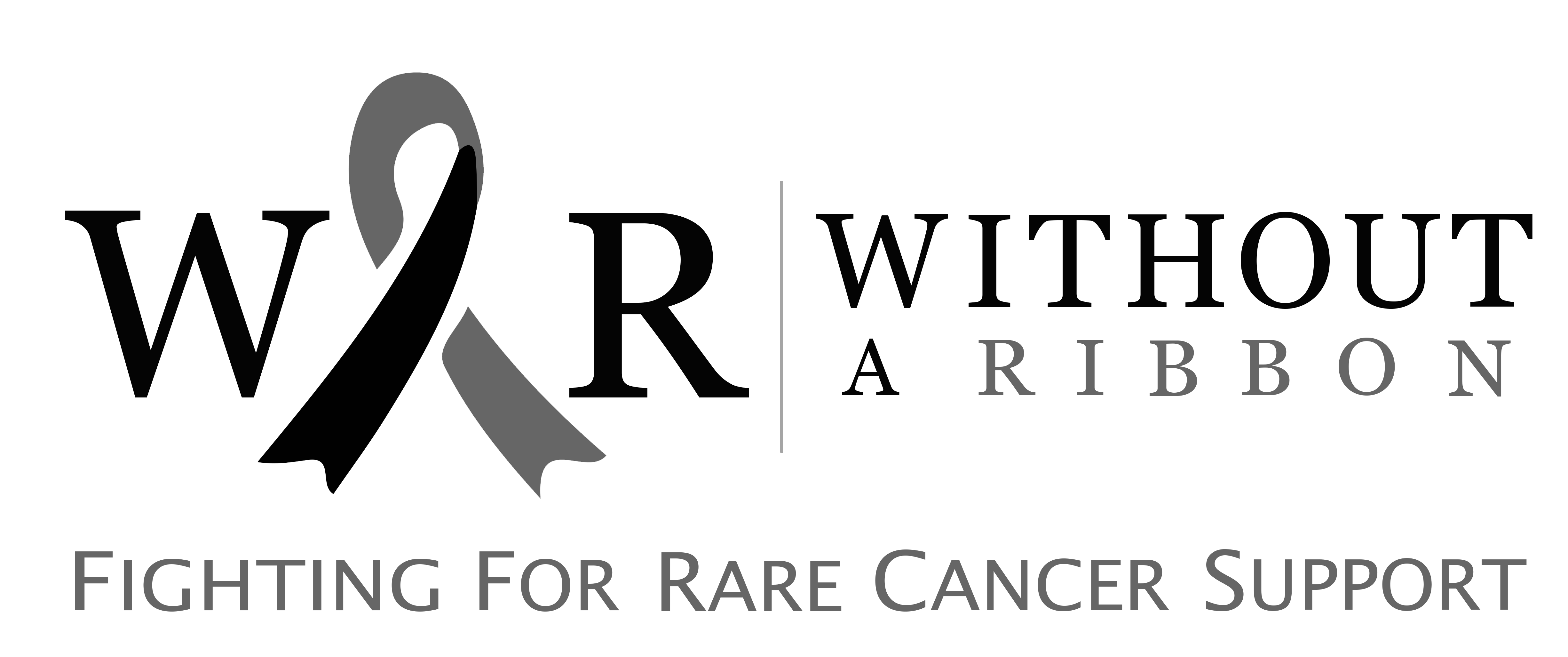What is Fibrolamellar Carcinoma?
Fibrolamellar carcinoma is a rare type of liver cancer that usually develops in teenagers and young adults who do not have any previous liver disease.
This makes it different from the common form of liver cancer (hepatocellular carcinoma), which often occurs in people with liver damage caused by hepatitis or alcohol use. The term “fibrolamellar” describes the way the cancer cells are arranged, they are surrounded by thick bands of scar-like tissue (fibrous layers) when seen under a microscope.
Causes
The exact cause of fibrolamellar carcinoma is not clearly known. Unlike many other liver cancers, it is not linked to hepatitis B, hepatitis C, or cirrhosis. Scientists believe that a specific genetic change, known as DNAJB1-PRKACA gene fusion, plays a key role in causing the disease.
Symptoms
In the beginning, this cancer grows slowly and may not cause obvious symptoms. As it becomes larger, people often feel a dull pain or heaviness in the upper right side of the abdomen. Sometimes, the abdomen may look swollen because of the enlarged liver.
Tiredness, loss of appetite, weight loss, and nausea may also appear gradually. In some cases, a firm lump can be felt in the upper abdomen. Jaundice means yellowing of the skin and eyes may occur if the tumor blocks the flow of bile. Some patients may also experience fever or night sweats.
Diagnosis
To diagnose fibrolamellar carcinoma, imaging tests such as ultrasound, CT scan, or MRI are used to see the size and exact location of the tumor. Blood tests may show mild liver abnormalities, but the usual liver cancer marker (AFP means alpha-fetoprotein) is often normal, which helps distinguish this type from other liver cancers. A biopsy confirms the diagnosis by showing the unique structure of the cancer cells and fibrous layers.
Treatment
The main treatment is surgery, where the tumor is completely removed from the liver. Because many young people are otherwise healthy, surgery is often possible. If the tumor has spread or cannot be fully removed, other treatments like chemotherapy, targeted therapy, or liver transplantation may be considered. Research is ongoing to find better medicines that target the genetic changes behind this cancer.
Prognosis
The outcome depends on how early the cancer is found and whether it can be removed completely. When surgery is successful, long-term survival is possible. However, if the cancer spreads to other organs such as the lungs or lymph nodes, treatment becomes more challenging.
You can help us with your donation:
Without a Ribbon is a charity that works hard to aid those who suffer from rare cancers. You can help our cause in a variety of ways:

